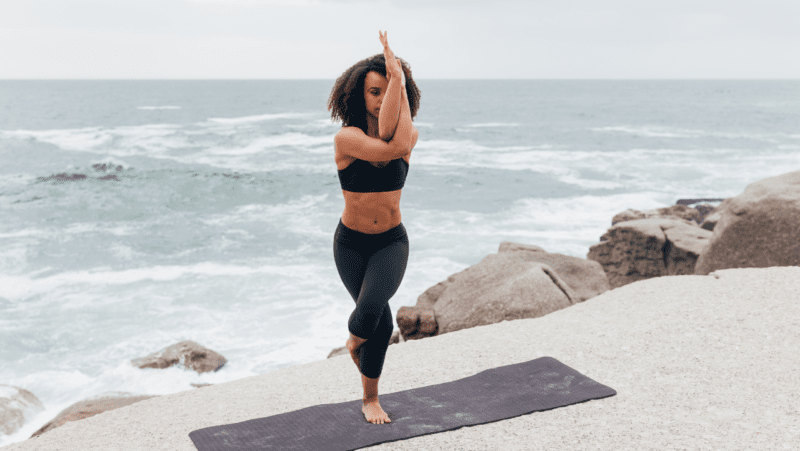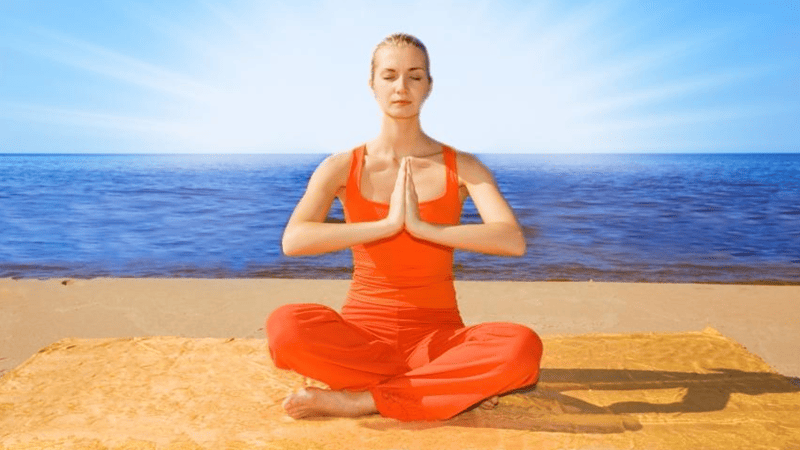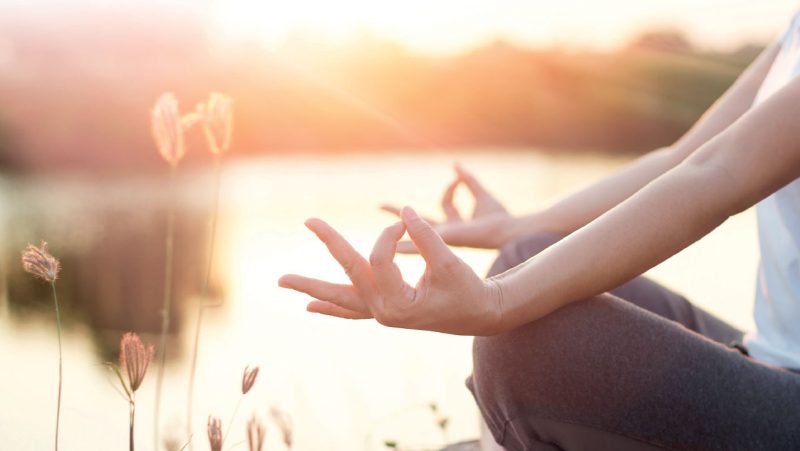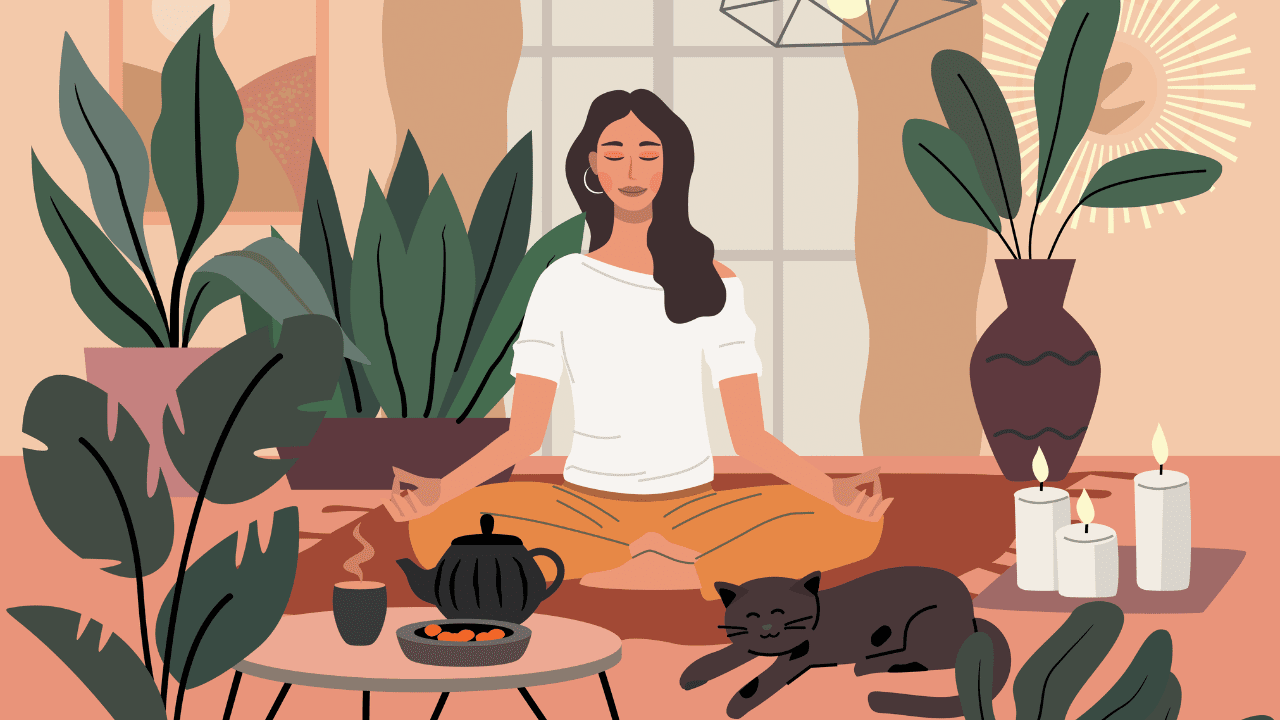
Meditation can be for you too
3 ways to explore meditation. By Laia Bové
Telling you that having a consistent meditation practice is one of the most powerful things you can do for your physical, mental, emotional and spiritual health is hopefully old news to you.
Nowadays there is so much research about the benefits of meditation, that it should be as vital as drinking water daily. All the evidence is there, yet millions struggle with stress, anxiety, and mental health disorders associated with the hectic lifestyles we live.
Scientific research all over the world agrees that a consistent meditation practice can:
- Better your concentration and focus
- Improve self-awareness and self-esteem
- Help you reduce anxiety and stress
- Improve your sleep quality
- Aid in pain management
- Assist in regulating emotions
truly believe the world would be a better place if we all sat down daily, took a deep breath, and meditated; even if for 2 minutes.
But folks don’t have enough time or don’t know where to start, or perhaps are worried that meditation conflicts with their religion or beliefs…
There is a plethora of reasons why many have never even tried to meditate, but I often hear that finding stillness, closing your eyes, and breathing in the present moment can be terrifying.
I have had a daily meditation practice for around a decade that ebbs and flows with me, and when I started, after one or two minutes, my mind would attack:
“You should be working”
“The laundry needs to be folded”
“When was the last time you called mum?”
At first, I thought this meant I was failing. I would open my eyes and walk away in frustration. But I slowly learned to observe, and take a step to the side; watching the fluctuations of my mind.
It is part of my daily Sadhana to sit with myself, yet I know I can get easily bored with routine (Ashtanga yoga is like torture to me), so I give myself space to switch it up.
Here are a few ways to meditate if you don’t know where to start, or if like myself, you like to find new ways to freshen up your practice.
Guided Meditation
One of the most challenging things when beginning a meditation practice is knowing what the hell to do.
Do I just sit and blank my mind?
Let me tell you, that probably won’t work. Especially because it isn’t even the point. The point is to take a step back from the busyness of daily life and check-in. The point is to connect to your body, to observe your mind, to see how you feel.
Guided meditations nowadays are fairly accessible; you can find them free online, or choose an app that aligns with you. There are so many styles of guided meditation; from visualizations to affirmations, to intention setting and bedtime stories for sleep.
The variety of teachers, meditation styles and themes is endless. Many of these apps will track your sessions, which can help you stay accountable when building the habit.
If you’re into VR, there are meditation apps in the metaverse where you can explore meditation as an interactive and immersive experience that is worth trying at least once.
Moving Meditation
If sitting in stillness activates all the feelings for you, consider that meditation does not need to be static. Practices like yoga (asana), tai chi, and Qi gong can support you in finding a meditative state while moving your body, your breath, and your energy, reaping the benefits of meditation.
Here are two of my favourite short practices free on YouTube:
Faith Hunter – Unwind Yoga Flow & Meditation
Shifu Yan Xin – Seated Qi Gong Breathing & Meditation
If the practices of yoga, Qi gong, or tai chi, still don’t sound like your jam, consider going for a mindful walk in nature, a bike ride, or even dancing. A moving meditation can be anything that you place your full attention on; gardening, cooking, painting. Just move, breathe, and observe.
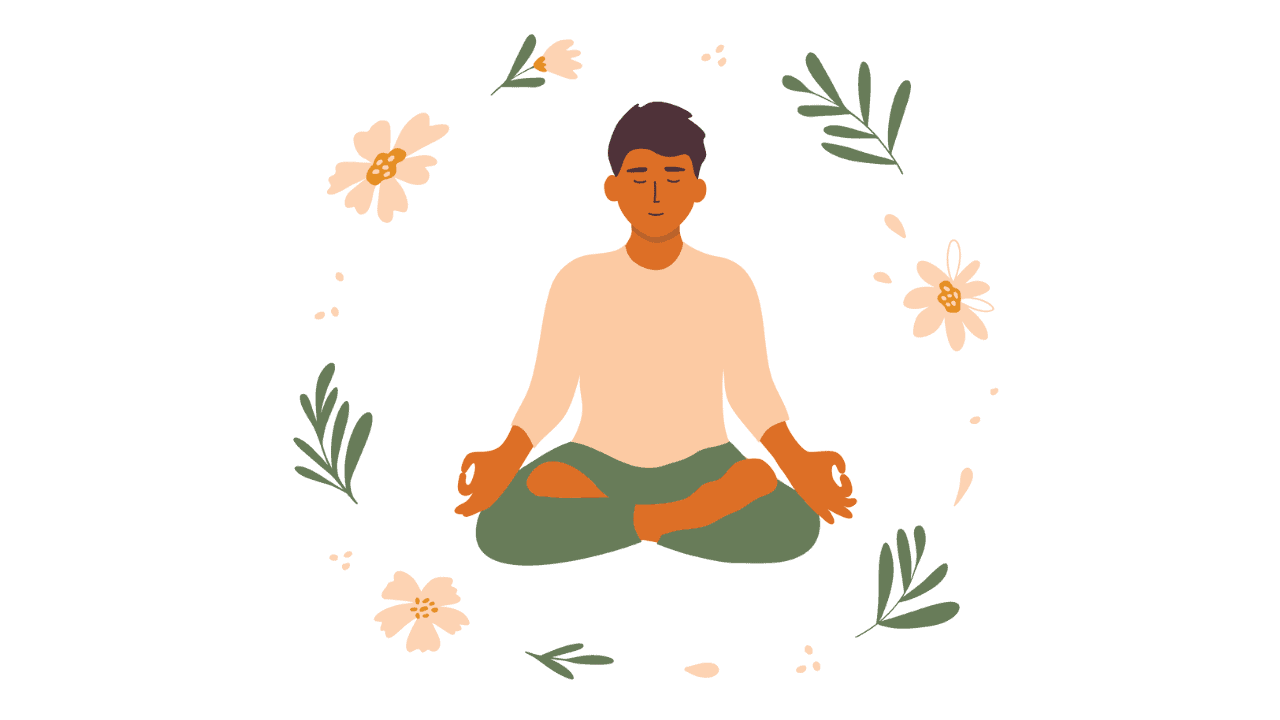
Japa Mālā and Mantra Meditation
Mālā is a Sanskrit word that means necklace, and that is actually what a mala is; a beaded necklace designed for meditation or prayer. The oldest image of one in a spiritual context comes from ancient Greece (around 1700 BC) yet its use can be traced back to Indus civilization (3000-1500 BC).
In Buddhism, a mālā is usually used when reciting texts or mantras.
Other religions have similar necklaces for comparable purposes, like the Christian rosary beads or the Islamic misbaha.
Buddhist mālā usually have 108 beads, sometimes you see smaller versions of 54 or 27 beads (divisions of 108). Ayurveda says that we have 108 vital points of life force in our body. Chanting a mantra 108 times represents a journey from our material self towards our highest spiritual self. Each chant brings us a bit closer to our truth within.
This is one of my favourite ways to meditate because it gives my mind a one-pointed focus (dharana) as well as giving me the space to connect to an intention or energy.
You can choose a traditional Sanskrit mantra or a prayer in your native language, or you can even repeat an affirmation or a word you want to embody.
Use the mala or prayer beads to remain present, letting the movement of your fingers across the beads ground you, as well as help you keep count.
If you’d like to add an extra layer to this practice, consider chanting instead of reciting.
Here are three popular mantras to try with your japa meditation:
Aum (Om): symbolizing the infinite energy of divinity. This sound is sometimes called the Udgitha or Pranava mantra (primordial mantra), because it is considered to be the primordial vibration of the entire universe.
Om Gam Ganpataye Namaha: dedicated to Lord Ganesha, and it roughly translates as: “Salutations to you Lord Ganesh, the remover of obstacles”. Chant it when inner or outer obstacles are holding you back.
Lokah Samastah Sukhino Babantu - May all beings everywhere be happy and free; a great mantra to cultivate compassion and love for yourself and the collective.
No matter how you choose to explore meditation, let it become an integral, non-negotiable part of your life. Observing yourself and your inner landscape will create a shift in how you think, how you speak to yourself, and how you show up in the world.
Start small, 2 to 3 minutes a day, and see where it takes you. Just like anything that’s worth doing it requires commitment, dedication, and self-compassion.
Happy meditating, friends.


